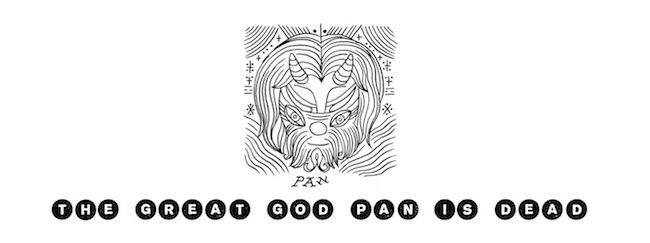When this house was listed, it created a lot of interest on Facebook. People who live near Rice University have long been curious about this house, which I've always privately referred to as the Death Star.
So now, we have an opportunity to see this monstrosity from the inside. And you can buy it for just $4.3 million. Not surprisingly, there is interesting artwork inside, although I could identify none of them.
The first piece is this enormous stone face. Here are a few more views of it.
The interiors are pretty low color. And most of the art seems subdued and grey, mostly abstract.
There you have it--all the artworks I could see in the photos shown on the listing on HAR.com. None of these seem familiar, although the giant head reminds a little of Jaume Plensa, the Spanish sculptor who has pieces at Rice University and at Buffalo Bayou Park.
Do you, dear readers, have any idea who created this artwork.
One last image--the back yard. It looks less Death Star than suburban office park.































